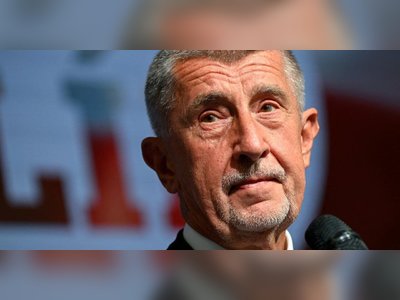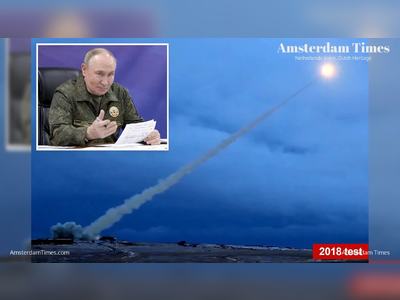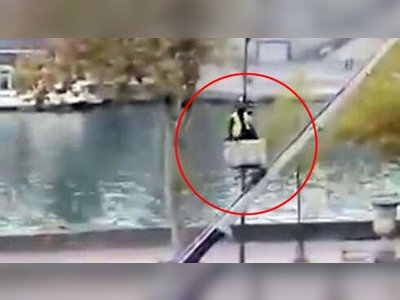Climate Activists Spar with Schiphol Authorities Amid Emergency Order
Extinction Rebellion plans demonstrations while uncertainty looms over potential 'high risk' actions, leading to preemptive restrictions at the Dutch airport.
A climate of tension envelops Schiphol Airport as the municipality of Haarlemmermeer imposes an emergency decree in response to upcoming protests by Extinction Rebellion (XR).
The edict, effective from Friday evening until midnight, emerges against a backdrop of unresolved concerns about possible 'high-risk actions' allegedly planned by the environmental activists.
This precautionary measure bars individuals from approaching within two meters of fences and ditches around the airport and prohibits transporting objects that might disrupt public order, including drones, saws, and adhesives.
The activists, who oppose the environmental impact of aviation, particularly criticize Schiphol and airline KLM for their emissions.
Central to their protest is the call to cease the 'Flying Blue' program—a frequent flyer initiative encouraging excessive travel through incentive schemes.
Greenpeace has voiced support for the protest yet distances itself from any alleged escalations.
The specter of previous demonstrations looms large.
In 2019 and 2022, significant disruptions were recorded as protesters targeted the airport, resulting in scores of arrests and considerable mobilization of military police.
These historic events underpin the municipality's current hardline stance, as articulated by Mayor Marianne Schuurmans-Wijdeven.
The fact that, despite outreach, XR has not detailed its agenda adds opacity, fueling governmental concern.
The municipality's defensive posture aims to safeguard public order, yet it raises questions about civil liberties and the management of dissent in an era of escalating climate urgency.
While Schiphol braces for possible disruption, the tension touches broader nerves about balancing environmental imperatives with economic and logistical realities in global aviation.
As these narratives unfold, both authorities and activists navigate a complex dance on the tightrope of protest and public safety.
The edict, effective from Friday evening until midnight, emerges against a backdrop of unresolved concerns about possible 'high-risk actions' allegedly planned by the environmental activists.
This precautionary measure bars individuals from approaching within two meters of fences and ditches around the airport and prohibits transporting objects that might disrupt public order, including drones, saws, and adhesives.
The activists, who oppose the environmental impact of aviation, particularly criticize Schiphol and airline KLM for their emissions.
Central to their protest is the call to cease the 'Flying Blue' program—a frequent flyer initiative encouraging excessive travel through incentive schemes.
Greenpeace has voiced support for the protest yet distances itself from any alleged escalations.
The specter of previous demonstrations looms large.
In 2019 and 2022, significant disruptions were recorded as protesters targeted the airport, resulting in scores of arrests and considerable mobilization of military police.
These historic events underpin the municipality's current hardline stance, as articulated by Mayor Marianne Schuurmans-Wijdeven.
The fact that, despite outreach, XR has not detailed its agenda adds opacity, fueling governmental concern.
The municipality's defensive posture aims to safeguard public order, yet it raises questions about civil liberties and the management of dissent in an era of escalating climate urgency.
While Schiphol braces for possible disruption, the tension touches broader nerves about balancing environmental imperatives with economic and logistical realities in global aviation.
As these narratives unfold, both authorities and activists navigate a complex dance on the tightrope of protest and public safety.











